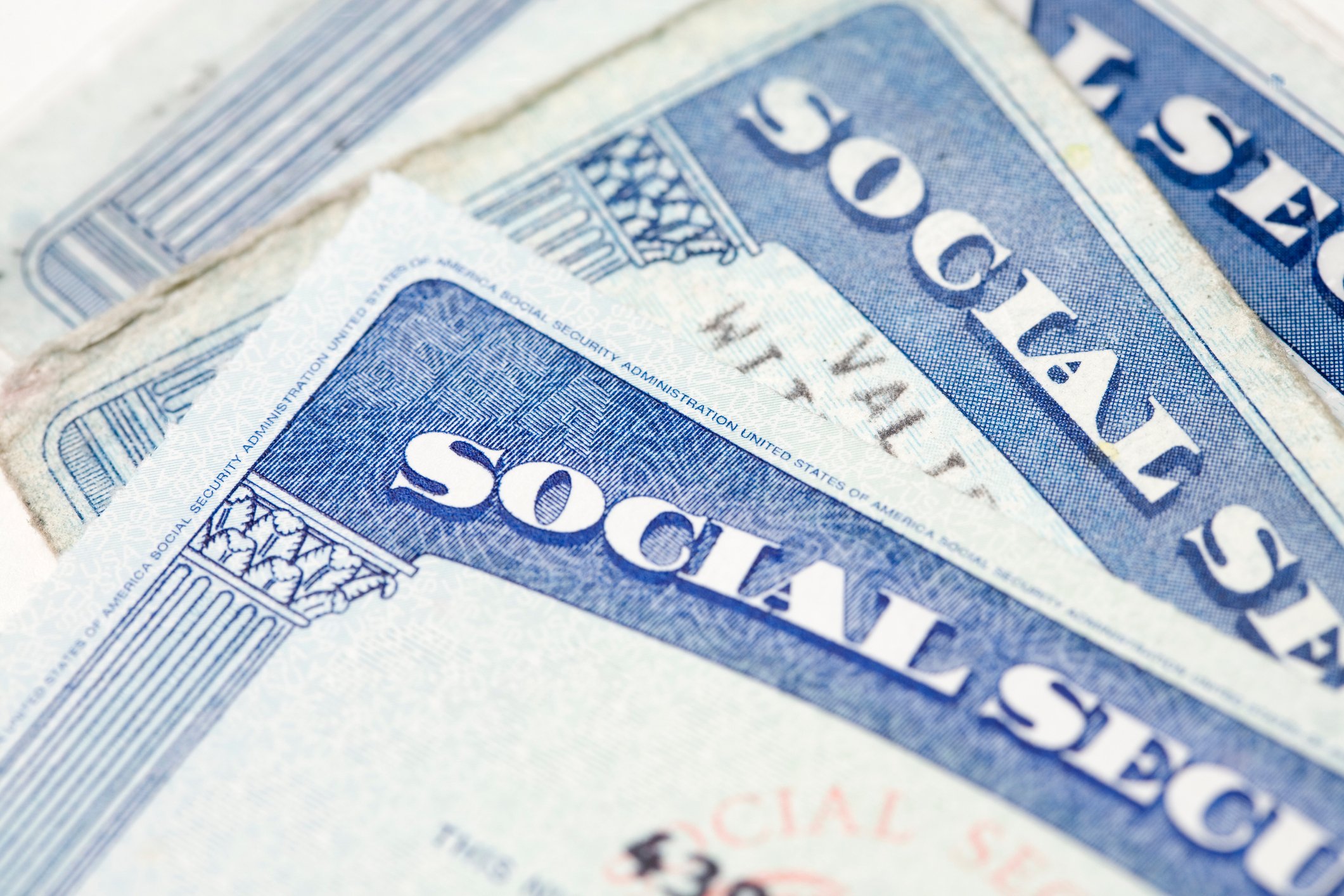Social Security plays a critical role in providing a financial safety net for retired workers. An analysis by the Center on Budget and Policy Priorities found that without Social Security, poverty rates among the elderly would increase from 8.8% to 40.5%. Plus, roughly three out of five retired workers count on their Social Security check to provide at least half their income.

Image source: Getty Images.
But there are a number of issues with this critical social program, and they extend beyond just what you hear in the news.
To begin with, yes, Social Security has a major cash shortfall headed its way. According to the latest report from the Board of Trustees, Social Security is projected to be $12.5 trillion short of cash, based on its current payout trajectory over the next 75 years. The Trustees have estimated that this could lead to an across-the-board cut in benefits of up to 23% beginning in 2034, assuming Congress does nothing. That's not good news for the aforementioned majority of seniors who rely on Social Security for at least half of their monthly income.
However, another serious issue for Social Security has been its chronically underperforming cost-of-living adjustments, or COLA. Think of COLA as the annual raise that beneficiaries receive each year. In theory, recipients would like their raise to be equal to, or greater than, the actual inflation they encounter on an annual basis.
In nearly all instances, though, COLAs have come up well short of expectations. Not counting 2017, medical care inflation has outpaced Social Security's COLA in 33 of the past 35 years. This essentially means that the purchasing power of Social Security benefits has been eroded by medical care inflation and housing costs, among other expenses, throughout the years. In fact, a recent report from The Senior Citizens League found that the programs' purchasing power has been eroded by 30% since the year 2000. In other words, what $100 in Social Security benefits bought in 2000 can only buy $70 worth of goods and services today.

Image source: Getty Images.
Here's how much Social Security benefits are expected to rise next year
Social Security's COLAs are based on the Consumer Price Index for Urban Wage Earners and Clerical Workers (CPI-W), a commonly referenced measure of price inflation. When the CPI-W rises, Social Security beneficiaries receive that percentage as a "raise," rounded to the nearest 0.1%, in the upcoming year.
Recently, the Social Security Administration (SSA) released its projections for 2018, which are subject to change, as an average CPI-W reading can't be ascertained until the third quarter ends. Per the SSA, projections call for a 2.2% COLA in 2018, which compares nicely to the minuscule 0.3% COLA seniors received this year and the 0% COLA they received in three of the past eight years. It'll also be the highest COLA since 2012. Higher energy prices (e.g., gasoline prices) are a prime reason why the CPI-W is expected to rise year over year.
What does a 2.2% COLA look like for the average retired worker? Based on the June snapshot from the SSA, the average retiree was taking home $1,368.67 a month. A 2.2% COLA would boost this average monthly payout to $1,398.78, or an extra $30.11 a month.
Unfortunately, however, the COLA that seniors are on track to receive in 2018 could cause them to lose purchasing power: As of June 30, the annual U.S. healthcare inflation rate was nearly 2.7%, and healthcare is one of the biggest expenses for retirees.

Image source: Getty Images.
A fix for Social Security's underperforming COLA?
You might be wondering if there's a fix to Social Security's recurring COLA underperformance -- and there potentially is.
Democrats on Capitol Hill have regularly proposed altering the method for calculating Social Security's COLA by switching from the CPI-W to a measure known as the Consumer Price Index for the Elderly, or CPI-E. As the name rightly implies, the CPI-E only factors in spending for households with seniors aged 62 and up. The idea is that an index that measures the spending of seniors will more accurately reflect the inflation they face. For example, a December 2011 comparison of the CPI-W and CPI-E by the Bureau of Labor Statistics found that the CPI-E places more emphasis on medical care and housing costs, while placing less emphasis on food, entertainment, transportation, education, and apparel expenses, relative to the CPI-W. Tethering Social Security COLAs to the CPI-E would likely result in higher annual benefit increases for seniors.
But it's not quite that simple. Switching to the CPI-E would come with two major drawbacks. Sure, it would give today's seniors a bigger annual raise, but it would also expedite the imminent cash shortfall of the program, causing Social Security to run out of cash reserves even sooner than 2034. The other issue is that the CPI-E doesn't account for Medicare Part A expenses (e.g., inpatient care, surgeries, and long-term skilled care), which can be substantial for retirees. In other words, the CPI-E will likely under-represent the medical care inflation that seniors are facing each year.
Long story short, there's clearly a problem with the way COLAs are calculated, but unfortunately there's no way to correct the problem without first resolving the programs' long-term funding issues.





